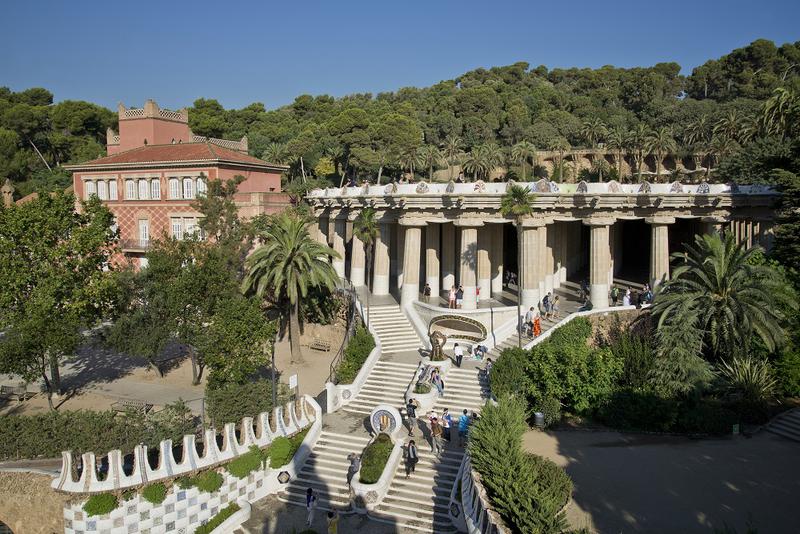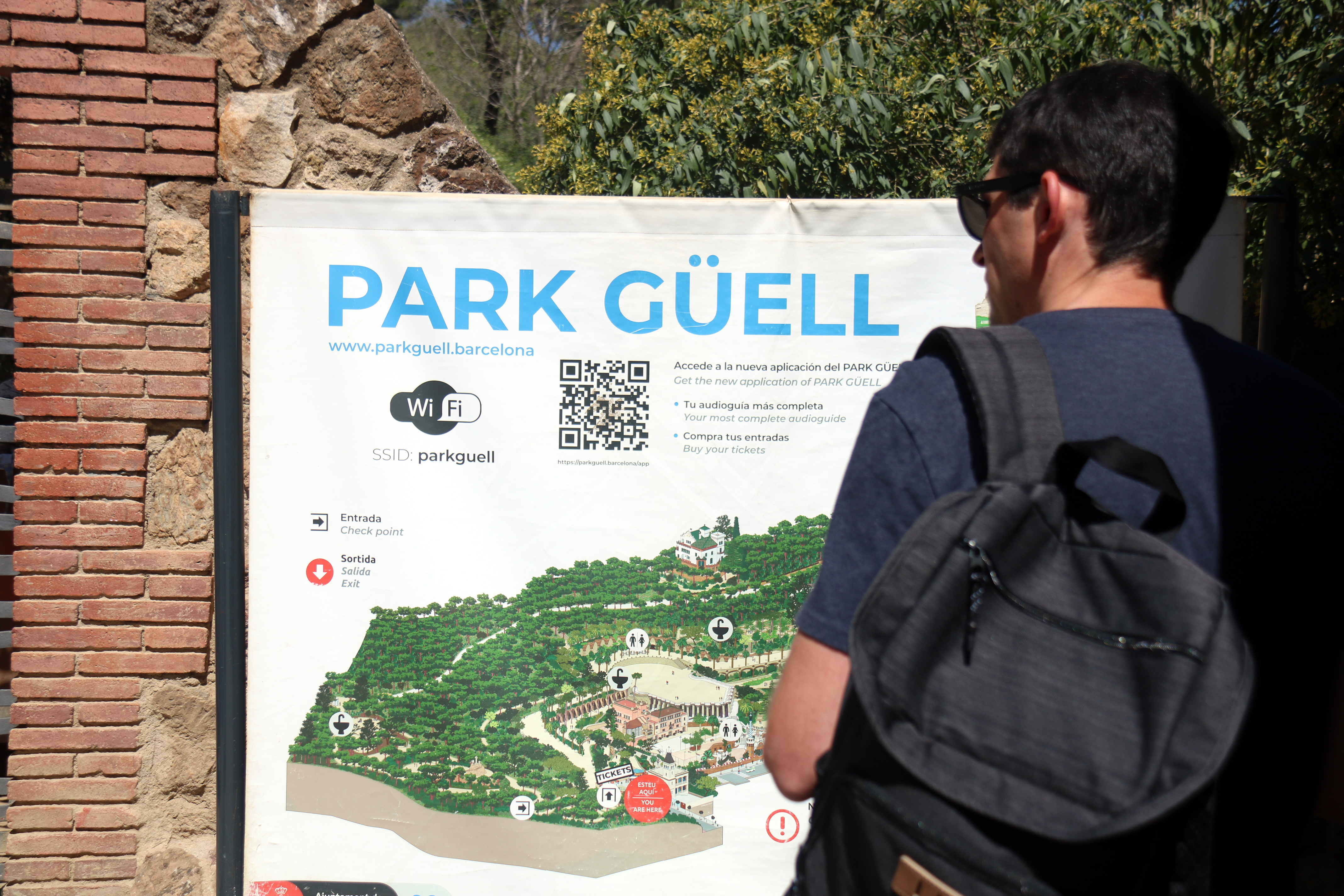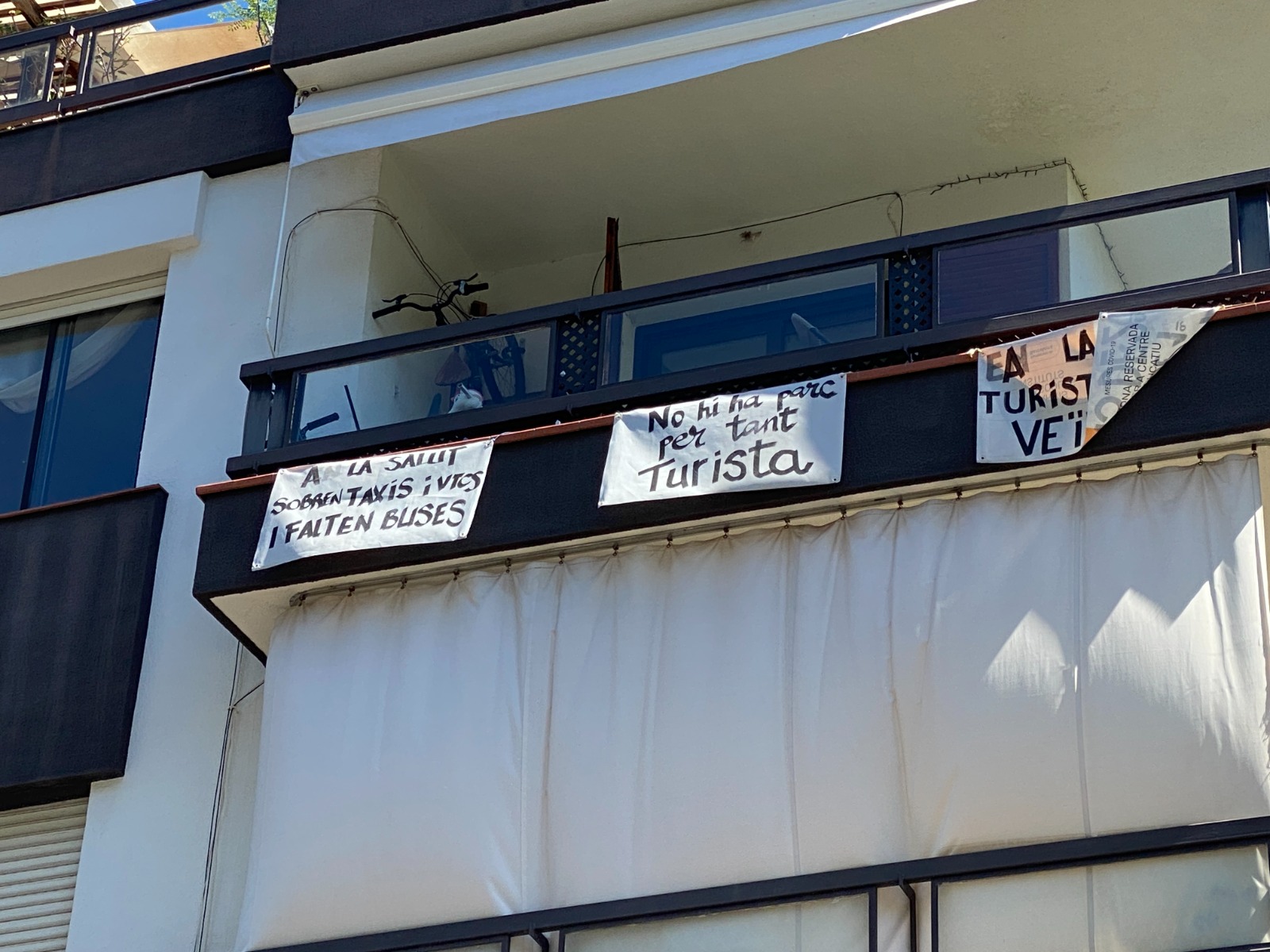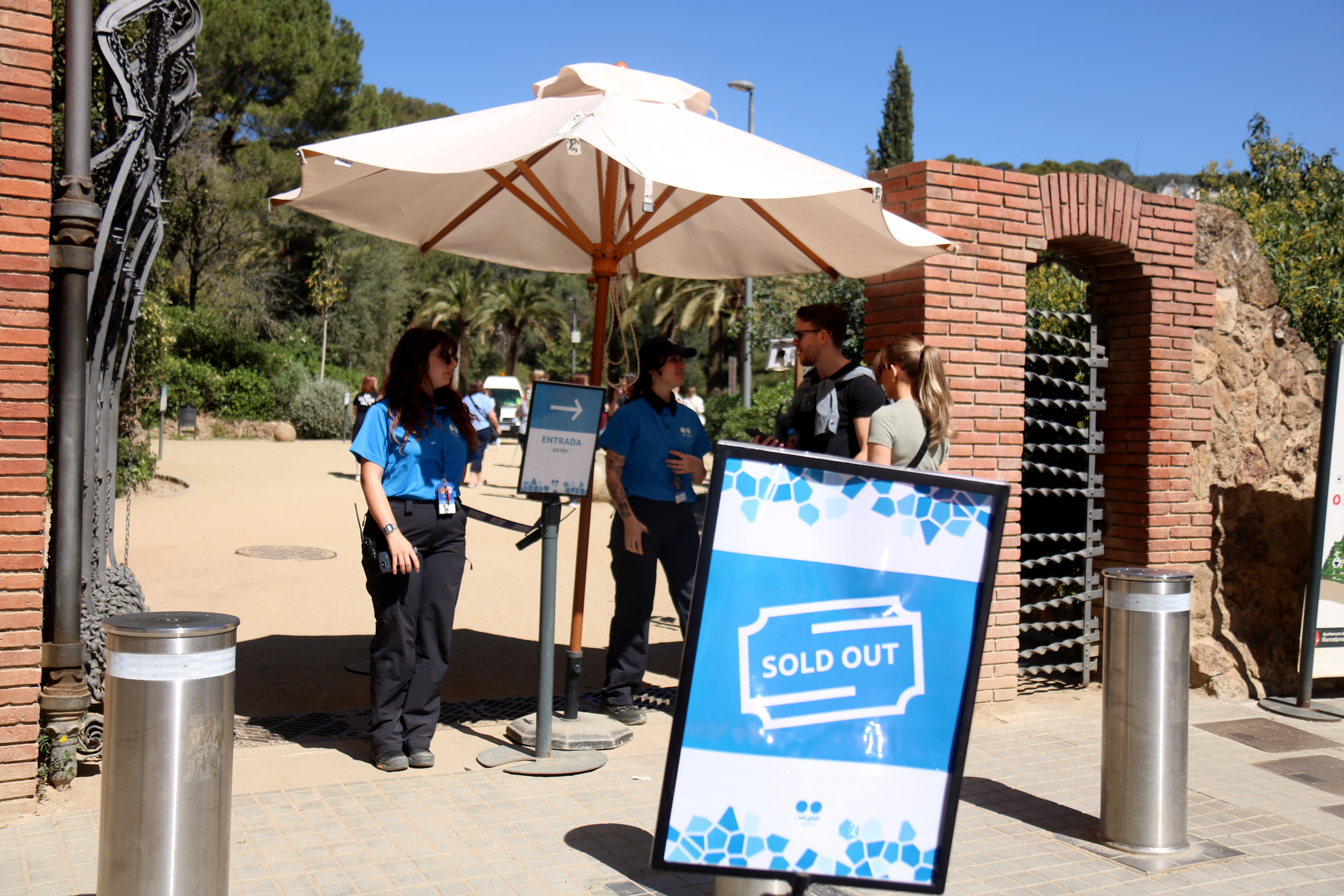Barcelona tackles tourist disturbances in Parc Güell affecting locals
Council announces new measures to help locals after removing bus route from Google Maps

Overcrowded neighborhood buses, tourists wandering through the area, a constant stream of taxis and parking spaces being taken by visitors: all of this has led to residents in the vicinity of the second most visited tourist attraction in the Catalan capital to ask the city council to take action.
During a press conference on Friday, Barcelona's city council member Laia Bonet announced new measures to help residents who live in the vicinity of Parc Güell that will go into effect as soon as possible.

"We have been working on some measures that come from constant dialogue with residents and municipal groups who have the same worries," Bonet explained.
New measures
The first measure is to reduce the area for cars around Parc Güell. The automatic bollard keeping non-residential vehicles out of the neighborhood will be moved down some streets. "It will work the same way the current one does, only giving access to residents and taxis bringing or picking up residents," Bonet explained.
Another measure is the relocation of the designated taxi rank, an issue that has been up for discussion for some time.
"The taxi stop is moving next to the bus stops. There it will have less impact and will still allow immediate entrance to the park. There will also be a small stop right outside of the transit area for residents to use," Bonet explained.

"We are reinforcing bus routes 24 and V19 on weekends and during the summer there will be 5 extra buses used to fill in those routes whenever necessary," she added.
A fourth measure is to send more ticket inspectors on public transport. Many people take the bus without paying or without validating their ticket. This would be a way to "implement discipline" in those who take the bus without paying.
"We will stop selling tickets at the booths, the only way you can visit Parc Güell will be by buying your ticket online ahead of time,” Bonet said about the last new measure. “This will impact around 15% of visitors currently."
To reduce the number of people going to the park without a ticket, they will also start a campaign titled 'Sold out' to let tourists know it won't be possible to buy a ticket at the ticket booth. The campaign will be held online and on commercial panels at bus stops.

"The goal is to give as much information as possible, that they can't walk up here without a ticket, that they can only buy a ticket online ahead of time and that they also need to buy tickets for the bus," Bonet explained.
116 bus route erased from Google Maps
Residents from the area around Catalan architect Antoni Gaudí's Parc Güell have been complaining for years about tourists taking the neighborhood's 116 bus.
The 116 bus is a small bus, only meant to be used within the La Salut neighborhood, with a capacity of 20-25 people. Due to tourists taking the bus, which leaves them in front of the iconic park, residents haven’t been able to take the bus themselves.
Elderly people have been especially affected by this, as the bus is the way they can easily move around the neighborhood. Tourists made it almost impossible for them to use the public transport provided.
"Before, the bus was so full even people with walking sticks couldn't get on," 75-year-old resident Luz López told Spanish media outlet elDiario.es.
The city council arranged for the bus route to be removed from Google Maps and other navigation apps, causing tourists to not take the bus anymore, an unexpected measure that has proved effective.

Taking the 116 bus route out of navigation apps was an "exceptional" measure according to Bonet, but the impact of it is already noticeable.
"The 116 bus has more than 3,000 users a day, that is not normal for a neighborhood bus. Now it's under 2,000 users, and on some days even under 1,000," Bonet explained.
Erasing a bus route from Google Maps and other navigation apps isn't a common measure, and it doesn't only impact the tourists.
"Erasing the bus from Google Maps for tourists also erases it for residents, it impacts them too and that shouldn't happen. We want people to use public transport as much as possible," Bonet said.
"It worked well but we see it as an exceptional measure," Bonet added.